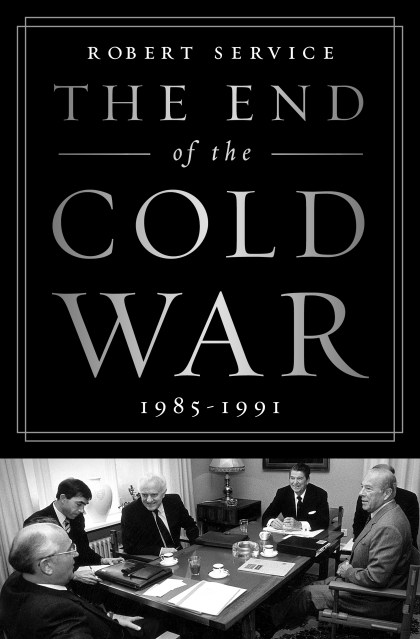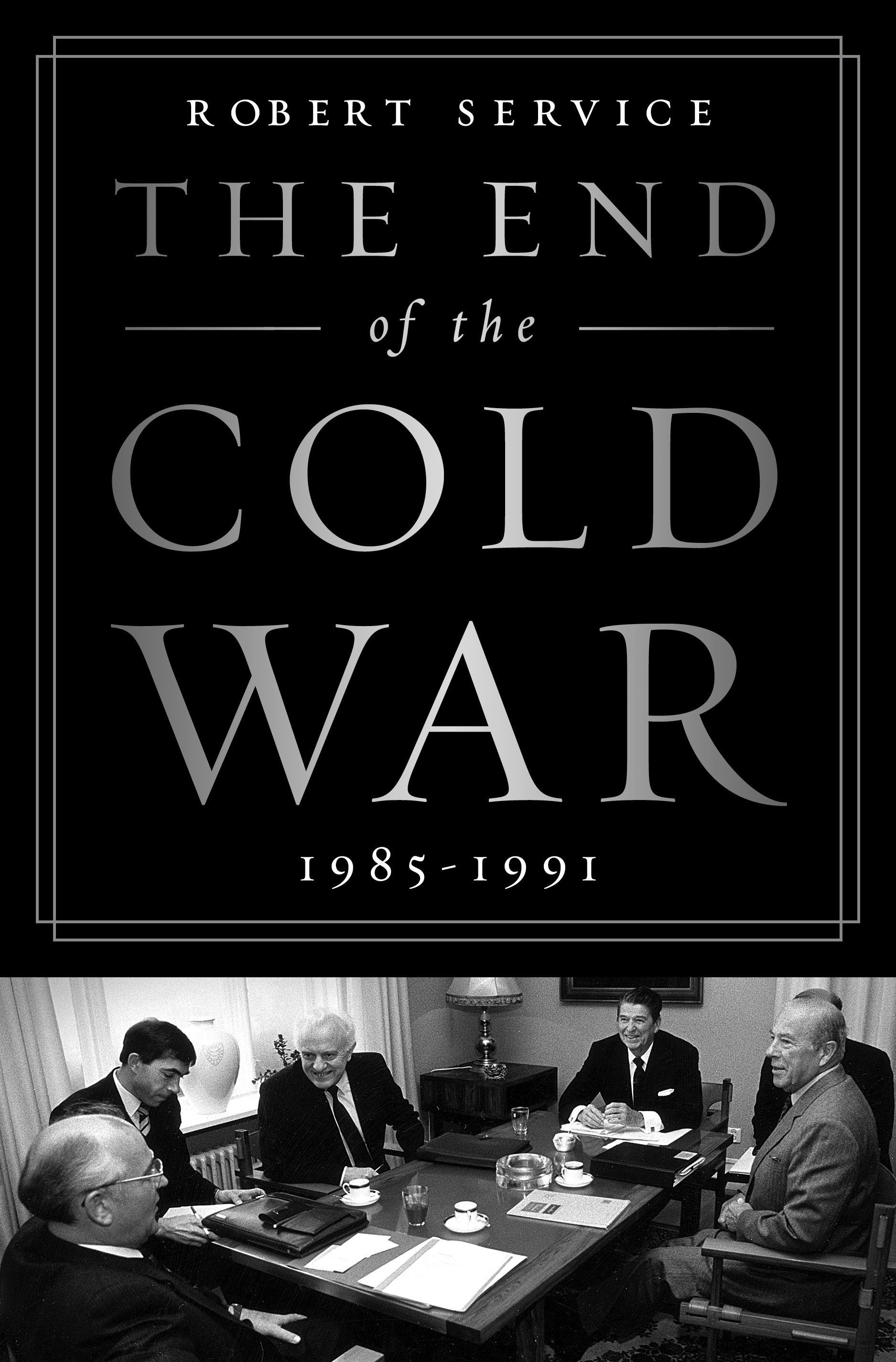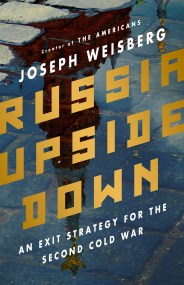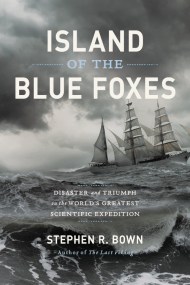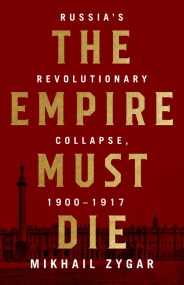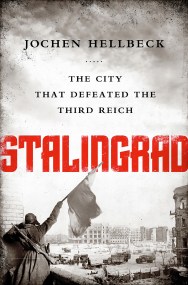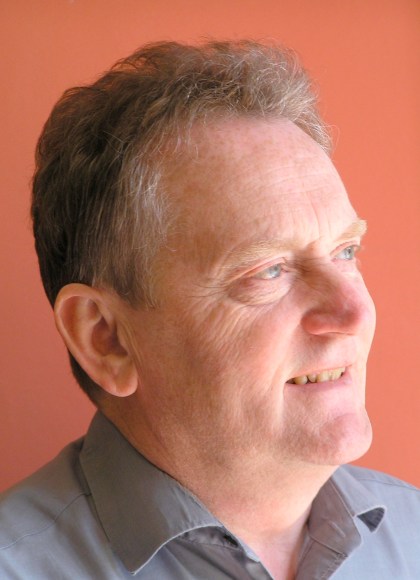Promotion
Use code MOM24 for 20% off site wide + free shipping over $45
The End of the Cold War: 1985-1991
Contributors
Formats and Prices
Price
$25.99Format
Format:
- Trade Paperback $25.99
- ebook $13.99
This item is a preorder. Your payment method will be charged immediately, and the product is expected to ship on or around March 14, 2017. This date is subject to change due to shipping delays beyond our control.
Also available from:
Drawing on pioneering archival research, Robert Service’s gripping investigation of the final years of the Cold War pinpoints the extraordinary relationships between Ronald Reagan, Gorbachev, George Shultz, and Shevardnadze, who found ways to cooperate during times of exceptional change around the world. A story of American pressure and Soviet long-term decline and overstretch, The End of the Cold War: 1985-1991 shows how a small but skillful group of statesmen grew determined to end the Cold War on their watch and transformed the global political landscape irreversibly.
Genre:
- On Sale
- Mar 14, 2017
- Page Count
- 688 pages
- Publisher
- PublicAffairs
- ISBN-13
- 9781610397711
Newsletter Signup
By clicking ‘Sign Up,’ I acknowledge that I have read and agree to Hachette Book Group’s Privacy Policy and Terms of Use
